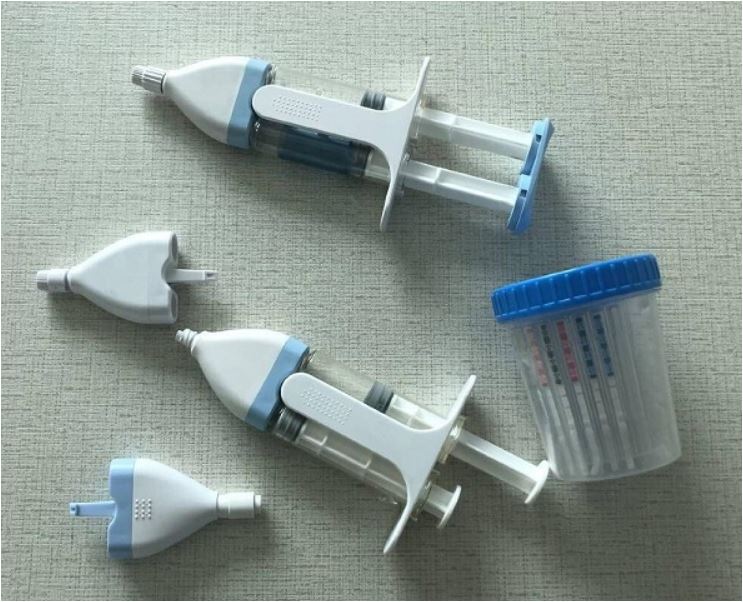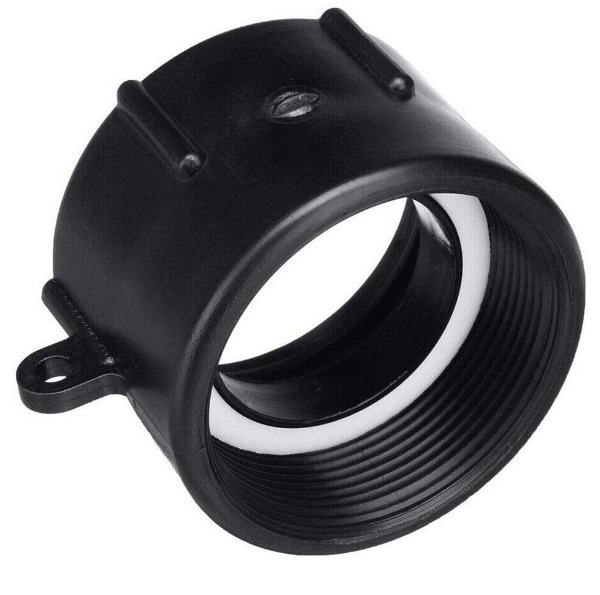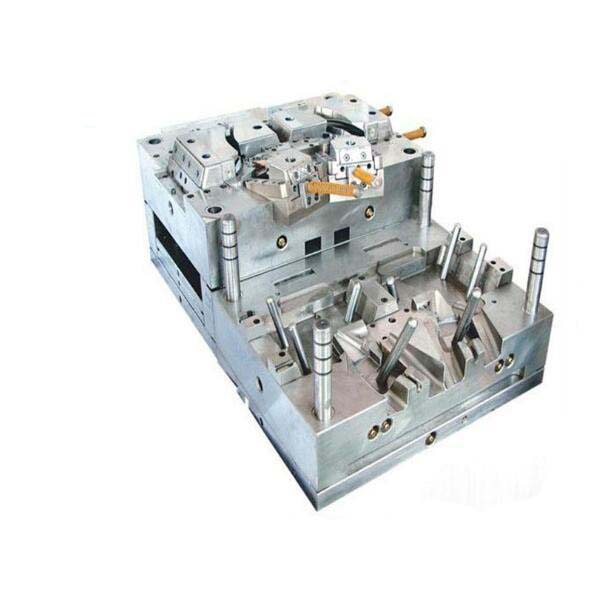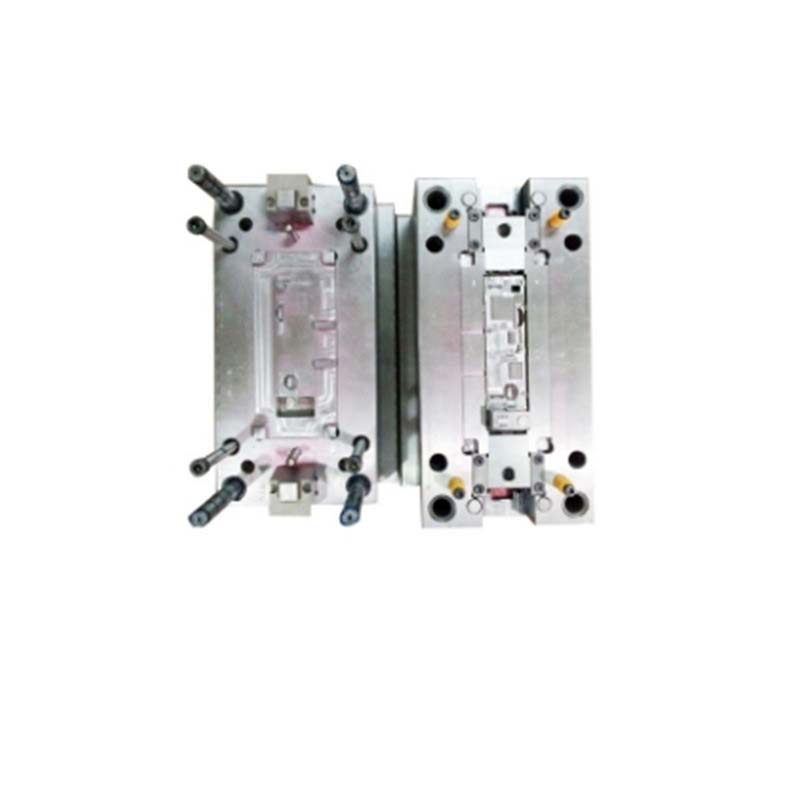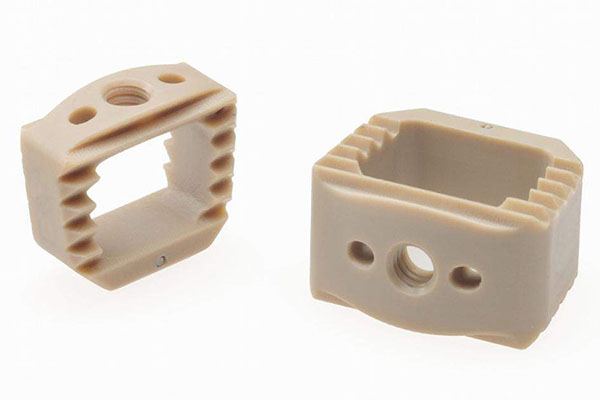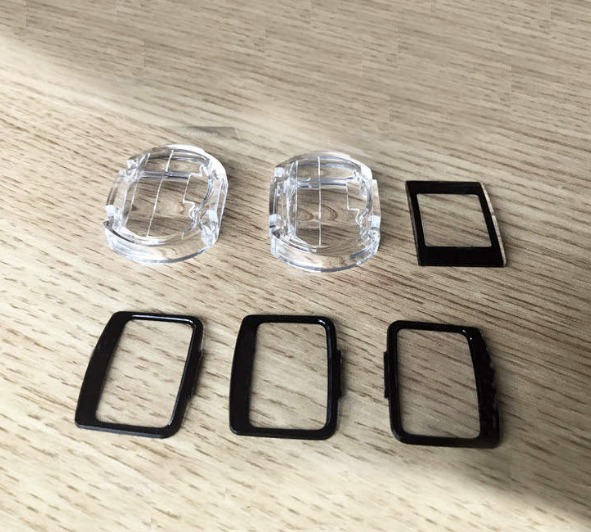Understanding the Common Hurdles in Injection Molding Small Parts
1. Defects Galore: A Closer Look
In the realm of injection molding small parts, several defects rear their ugly heads with remarkable frequency. Short shots, also known as incomplete filling or Lack of glue, occur when the molten plastic fails to fully fill the mold cavity. This could be due to insufficient injection pressure, low melt temperature, or poor mold design with restricted flow paths. According to industry data, in small - part injection molding, short shots account for approximately 20 - 30% of all defects in some production lines. For instance, in the production of small electronic components, a short shot can render the part useless as it may lack crucial structural elements.
Flash, or Flying Edge, is another prevalent issue. It appears as thin, excess plastic that seeps out between the mold halves during the injection process. A study by the Society of Plastics Engineers found that in cases where flash occurs, it can increase post - processing time by up to 15% due to the need for manual trimming. This defect is often caused by excessive injection pressure, misaligned molds, or worn - out mold components. In the manufacturing of small plastic gears, flash can interfere with the smooth operation of the gear mechanism.
Warpage, or Deformation, is yet another significant problem. It refers to the distortion of the small part from its intended shape after it is ejected from the mold. A research project at a leading plastics research institute showed that warpage is responsible for about 15 - 20% of quality issues in small - part injection molding. Factors contributing to warpage include uneven cooling, improper gate location, and high residual stresses within the part. In the production of small plastic housings, warpage can lead to issues with fitting other components inside.
2. The Domino Effect of Small Part Issues
Small part issues in injection molding don't exist in isolation; they trigger a domino effect that impacts the entire production process. When small parts have defects like short shots or flash, assembly difficulties are almost inevitable. For example, if a small connector has flash around its edges, it may not fit properly into its mating socket during the assembly of an electronic device. This can lead to a higher rate of rejected assemblies, increasing both labor and material costs. A case study in the automotive industry revealed that improper - fitting small plastic parts due to injection molding defects led to a 10% increase in assembly line stoppages.
Moreover, these defects can cause a decline in product performance. A small part with warpage may not function as designed. In the case of a small valve in a fluid - handling system, warpage can prevent it from sealing properly, leading to leaks and reduced efficiency. According to a report by a manufacturing consulting firm, such performance - related issues caused by injection - molded small part defects can result in a 15 - 20% decrease in the overall product lifespan in some applications.
Unraveling the Root Causes
1. Material Mysteries
The properties of raw materials play a pivotal role in the injection molding of small parts. Material flowability is a crucial factor. For example, materials with low flowability, like some high - strength engineering plastics, may struggle to fill the intricate cavities of small - part molds completely. A study on different plastic materials showed that a 10% decrease in flowability can lead to a 30% increase in the likelihood of short shots in small - part injection molding.
Shrinkage rate is another aspect. Crystalline plastics generally have a higher shrinkage rate compared to amorphous plastics. When molding small parts, this can result in dimensional inaccuracies. In the production of small precision gears, if the shrinkage rate of the chosen plastic is not accounted for properly, the final gear may have incorrect tooth profiles, affecting its functionality. According to industry experience, for every 1% increase in the shrinkage rate of the material, the dimensional deviation of small - part injection - molded products can increase by about 0.2 - 0.3 mm.
2. The Temperature Tango
Temperature is a delicate balance in injection molding. Barrel temperature affects the melting and flow of the plastic material. If the barrel temperature is too low, the plastic may not melt fully, leading to uneven flow and potential defects like short shots. On the other hand, if it's too high, the plastic can degrade, changing its properties and causing issues such as discoloration and reduced mechanical strength. In a case study of small - part production for the electronics industry, it was found that a 10°C increase in barrel temperature above the recommended range led to a 15% increase in the number of defective parts due to material degradation.
Mold temperature also has a significant impact. A low mold temperature can cause the plastic to cool too quickly, resulting in a high - pressure drop during filling and possible short shots. It can also lead to high internal stresses in the part, increasing the risk of warpage. Conversely, a high mold temperature can improve the surface finish of the part but may increase the cycle time. For instance, when molding small plastic housings, a mold temperature that is 20°C lower than the optimal value can lead to a 25% increase in warpage defects.
3. Pressure and Speed Play
Injection pressure is essential for pushing the molten plastic into the mold cavity. Insufficient injection pressure will cause short shots, while excessive pressure can lead to flash and over - packing of the part, which may result in high internal stresses and warpage. A research on injection - molded small parts showed that an increase in injection pressure by 20% beyond the optimal value led to a 10% increase in flash defects.
Injection speed affects how quickly the plastic fills the mold. A slow injection speed may cause the plastic to cool and solidify before completely filling the cavity, while a fast injection speed can lead to air entrapment, creating voids or burn marks in the part. In the production of small - wall - thickness parts, a 50% increase in injection speed without proper control can increase the occurrence of air - entrapment - related defects by up to 30%.
Holding pressure time is crucial for compensating for the shrinkage of the plastic as it cools. If the holding pressure time is too short, the part may experience shrinkage voids. For small, thick - walled parts, a 5 - second decrease in the holding pressure time can lead to a 15% increase in the number of parts with shrinkage voids.
4. The key role of mold design
Mold design is the foundation of successful small - part injection molding. The design of the runner and gate has a profound impact on the flow of the plastic melt. A poorly designed runner system may cause uneven distribution of the plastic, leading to some cavities being filled more slowly or incompletely. For example, in a multi - cavity mold for small - part production, if the runner lengths to different cavities vary significantly, the parts in those cavities may have different dimensions and quality due to unequal filling.
Gate design is equally important. The size, shape, and location of the gate can affect the flow rate, shear stress, and filling pattern of the plastic. A gate that is too small can cause high shear rates, which may damage the plastic molecules and lead to a decrease in part strength. In the injection molding of small, delicate parts, a gate size that is 30% smaller than the optimal size can reduce the part's tensile strength by about 20%.
The Exhaust systemof the mold is also crucial. If the mold does not have an effective Exhaust gas system, air can become trapped in the cavity during the injection process. This can cause short shots, burn marks, or porosity in the part. In a study of small - part injection molding, it was found that molds with inadequate Exhaust gas systems had a 40% higher defect rate compared to those with well - designed exhaust systems.
Yigu Technology's Insights
As a non - standard plastic metal products custom Supplier, Yigu Technology has amassed rich experience in solving injection molding small parts problems. We place great emphasis on Mold design. Our team of experienced engineers conducts in - depth analysis and simulation before the actual mold manufacturing. By optimizing the runner system, gate location, and size, we can ensure a more uniform flow of plastic melt, reducing the occurrence of defects such as short shots and flash.
During the production process, we closely monitor key parameters. Temperature, pressure, and injection speed are continuously adjusted according to real - time data to maintain the stability of the injection molding process. This proactive approach allows us to quickly identify and address potential issues, ensuring high - quality small - part production.
